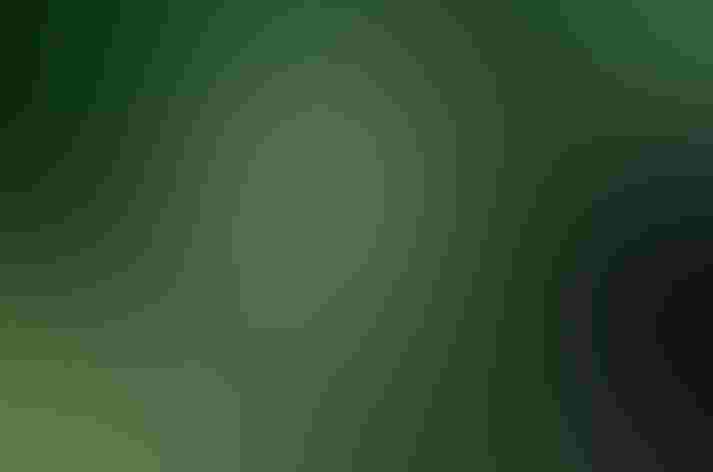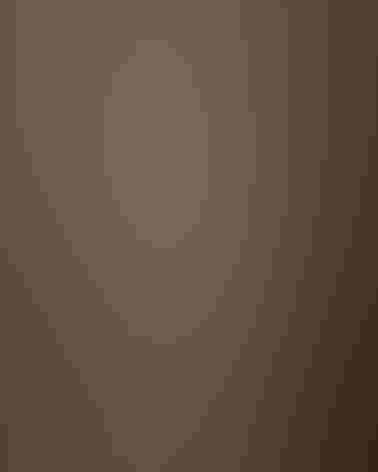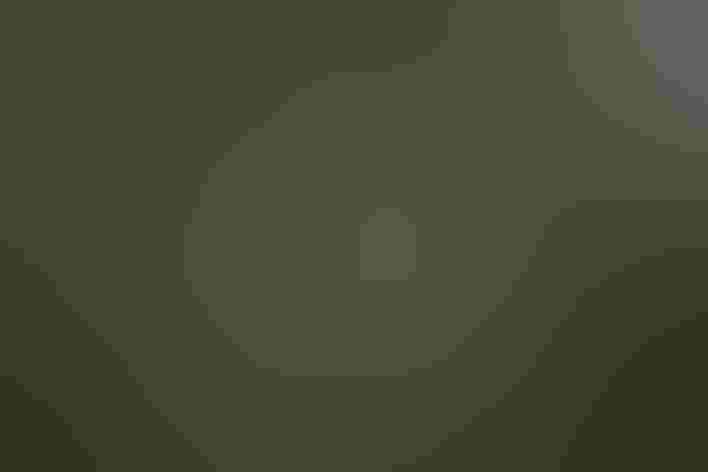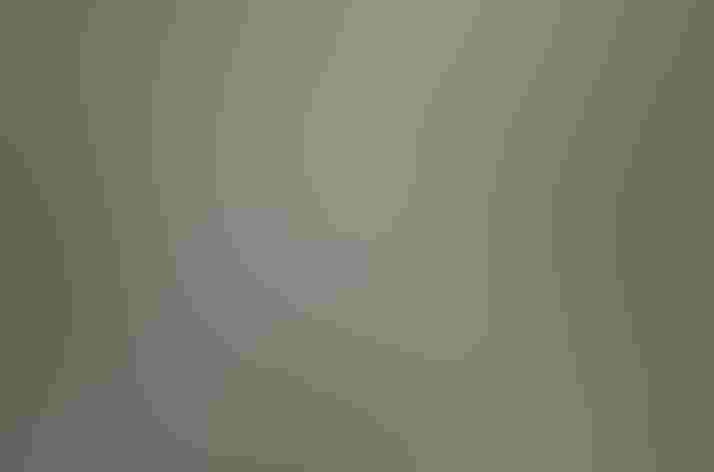Tufted Titmouse
At a Glance
This rather tame, active, crested little bird is common all year in eastern forests, where its whistled peter-peter-peter song may be heard even during mid-winter thaws. It is related to the chickadees, and like them it readily comes to bird feeders, often carrying away sunflower seeds one at a time. Feeders may be helping it to expand its range: in recent decades, Tufted Titmice have been steadily pushing north.
All bird guide text and rangemaps adapted from Lives of North American Birds by Kenn Kaufman© 1996, used by permission of Houghton Mifflin Harcourt Publishing Company. All rights reserved.
Category
Chickadees and Titmice, Perching Birds
IUCN Status
Least Concern
Habitat
Forests and Woodlands, Freshwater Wetlands, Shrublands, Savannas, and Thickets, Urban and Suburban Habitats
Region
Eastern Canada, Florida, Great Lakes, Mid Atlantic, New England, Plains, Southeast, Texas
Behavior
Direct Flight, Flitter
Population
12.000.000
Range & Identification
Migration & Range Maps
Permanent resident. Young birds may disperse some distance away from where they were raised (in any direction, including north).
Description
6" (15 cm). Mostly gray and white with perky crest, pale face, black forehead, rusty sides.
Size
About the size of a Robin, About the size of a Sparrow
Color
Black, Gray, Orange, White
Wing Shape
Rounded
Tail Shape
Rounded, Square-tipped
Songs and Calls
A whistled series of 4 to 8 notes sounding like Peter-Peter, repeated over and over.
Call Pattern
Falling
Call Type
Buzz, Chirp/Chip, Whistle
Habitat
Woodlands, shade trees, groves. Mostly in deciduous forest with tall trees, sometimes in mixed forest. Can live in orchards, suburbs, or even city parks if trees are large enough.
Sign up for Audubon's newsletter to learn more about birds like the Tufted Titmouse
Behavior
Eggs
5-6, sometimes 3-9. White, finely dotted with brown, reddish, or purple. Incubation is by female only, 12-14 days.
Young
Female stays with young much of time at first, while male brings food; later, young are fed by both parents, sometimes by additional helper. Young leave nest about 15-16 days after hatching.
Feeding Behavior
Forages by hopping actively among branches and twigs of trees, often hanging upside down, sometimes hovering momentarily. Often drops to the ground for food as well. Comes to bird feeders for seeds or suet. Opens acorns and seeds by holding them with feet and pounding with bill. Will store food items, retrieving them later.
Diet
Mostly insects and seeds. Insects make up close to two-thirds of annual diet, with caterpillars the most important prey in summer; also eats wasps, bees, sawfly larvae, beetles, true bugs, scale insects, and many others, including many insect eggs and pupae. Also eats some spiders, snails. Seeds, nuts, berries, and small fruits are important in diet especially in winter.
Nesting
Pairs may remain together all year, joining small flocks with other titmice in winter. Flocks break up in late winter, and pairs establish nesting territories. Male feeds female often from courtship stage until after eggs hatch. Breeding pair may have a "helper," one of their offspring from the previous year. Nest site is in hole in tree, either natural cavity or old woodpecker hole; averages about 35' above the ground, ranging from 3' to 90' up. Unlike the chickadees, apparently does not excavate its own nest hole. Will also use nest boxes. Nest (probably built by female) has foundation of grass, moss, leaves, bark strips, lined with soft materials, especially animal hair. Bird may pluck hair from live woodchuck, dog, or other animal, even from humans.
Conservation
Conservation Status
Continuing to expand its range to the north, and surveys suggest that populations are increasing in much of range.
Climate Threats Facing the Tufted Titmouse
Choose a temperature scenario below to see which threats will affect this species as warming increases. The same climate change-driven threats that put birds at risk will affect other wildlife and people, too.
















